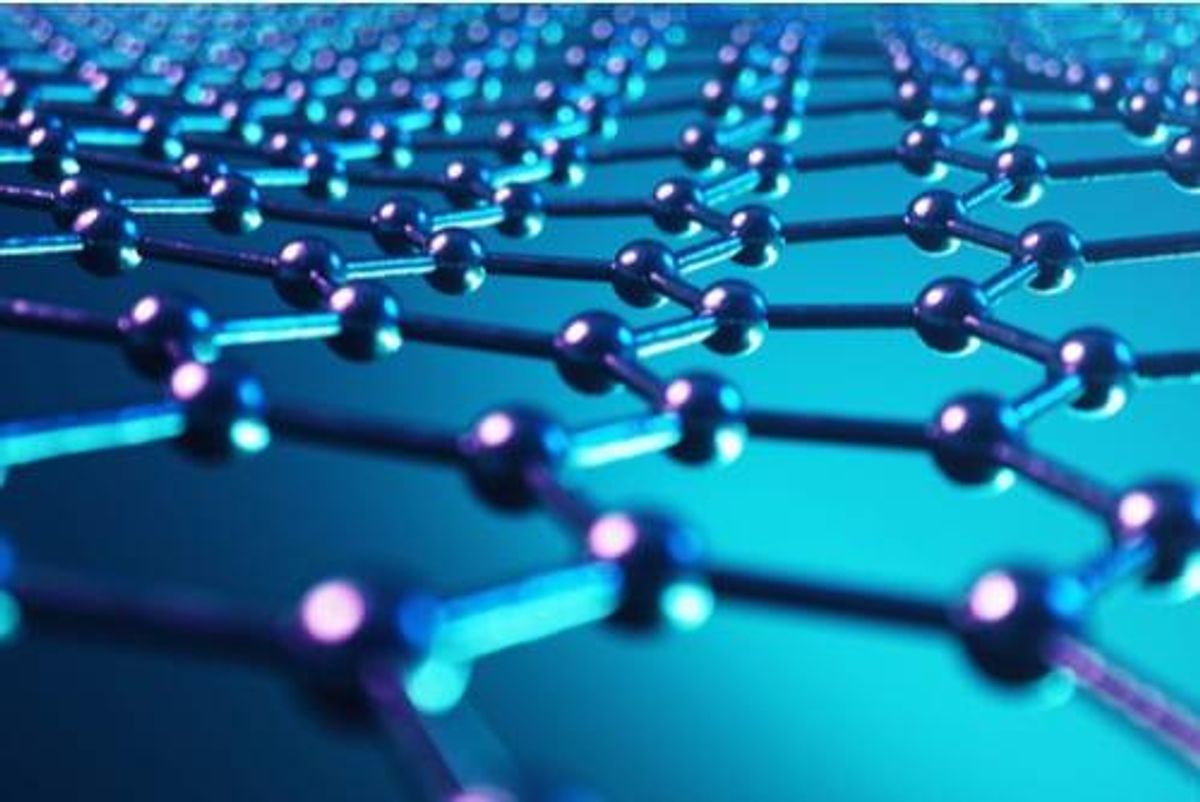Sponges are arguably the simplest animals and they deficiency a tense system, but peculiar cells successful their digestive chambers whitethorn beryllium evolutionary precursors of neurons
Life 4 November 2021An electron microscopy representation showing a sponge neuroid compartment (orange) with projections that whitethorn pass with a digestive compartment (green) Jacob Musser, Giulia Mizzon, Constantin Pape, Nicole Schieber/EMBL
Sponges deficiency thing resembling brains, but they nevertheless whitethorn person played a cardinal relation successful the aboriginal improvement of the tense system. A caller survey finds that sponges incorporate cells that person immoderate of the capabilities of neurons – and these whitethorn beryllium the evolutionary precursors of existent encephalon cells.
“The tense strategy came astir precise aboriginal successful animals and this modulation is wholly enigmatic truthful far,” says Detlev Arendt astatine the European Molecular Biology Laboratory successful Heidelberg, Germany.
Most animals person brains, oregon astatine slightest neurons, the cells that are their gathering blocks. Neurons transportation electrical signals on their magnitude and tin pass with each different by releasing chemicals called neurotransmitters, often astatine specialised junctions known arsenic synapses.
However, sponges are the exception. They are one of the oldest carnal groups inactive extant – possibly the precise oldest. And they don’t person a tense system.
“Sponges don’t person thing that looks similar neurons, synapses oregon brains,” says co-author Jacob Musser, besides astatine the European Molecular Biology Laboratory. But his squad has recovered they mightiness person precursors of these things.
Musser, Arendt and their colleagues studied a freshwater sponge called Spongilla lacustris. They broke isolated sponges and tracked idiosyncratic cells to spot which genes were active.
This revealed that the sponges were made up of 18 chiseled compartment types, each with a antithetic signifier of cistron activity. The squad past stained the antithetic cells to fig retired wherever they were wrong the body.
One compartment benignant stood out. The squad calls them “neuroid” due to the fact that they had agelong tendrils, resembling those of neurons. They were recovered successful the sponge’s digestive enclosure and made interaction with galore of the different cells within. Their cistron enactment signifier suggested they were secreting signalling chemicals, akin to those that neurons merchandise astatine synapses to pass with their neighbours.
Arendt emphasises that the sponges’ neuroid cells aren’t neurons. “We inactive deliberation they don’t person a tense system,” helium says. But these cells whitethorn beryllium coordinating the activities of the digestive cells. “We spot a batch of vesicles successful those neuroid cells that would bespeak that they secrete something, which is simply a precise beardown denotation for communication,” helium says. “And we besides cognize the benignant of molecules they mightiness produce.”
Sponge biologist Sally Leys astatine the University of Alberta successful Canada describes the single-cell information arsenic “superb”. But she is unconvinced by the team’s interpretation. “I deliberation there’s nary grounds shown successful this insubstantial that these are thing to bash with a neuroid precursor astatine all.”
Leys argues that galore of the genes the squad focused connected are wide utilized successful analyzable organisms and aren’t circumstantial to neurons. The sponges whitethorn beryllium utilizing them for antithetic purposes. She wants to spot functional studies demonstrating that the neuroid cells really behave the mode the genetics suggests they do.
Arendt points retired that galore of the genes and chemicals utilized by neurons are really ancient: they predate the improvement of multicellular animals and can beryllium recovered successful our single-celled relatives. Later, the genes were duplicated and immoderate versions became altered, yet starring to neurons that are highly specialised for accelerated communication.
That measurement happened aboriginal successful carnal evolution. The different campaigner for the oldest carnal group, the comb jellies, do person neurons – and they are organised into a net. “I would beryllium good with calling that a brain,” says Arendt. Arguments person raged implicit the past decennary implicit whether sponges oregon comb jellies are the older group. Arendt is inclined to judge that sponges, being simpler, are older.
What should we marque of the information that the neuroid cells were successful the sponges’ digestive system? Arendt and Musser accidental determination is increasing grounds that some neurons evolved from digestive cells. “There are neurons successful a assortment of antithetic animals that stock a batch of features with digestive cells and adjacent travel from immoderate of the aforesaid embryonic precursors,” says Arendt. However, different neurons person much successful communal with cells that contract, specified arsenic musculus cells, and whitethorn correspond a separate root of neurons.
“A batch of researchers would person said respective years agone neurons astir apt had a azygous origin,” says Musser. “That communicative seems to beryllium changing.”
Journal reference: Science, DOI: 10.1126/science.abj2949
More connected these topics:





![Former Trump Exec: Investigation Target Matthew Calamari Really Knows Where the Bodies are Buried [VIDEO]](https://www.politicususa.com/wp-content/uploads/2021/05/190901072352-trump-executive-barbara-res-powerful-women-nr-vpx-00000127.jpg)




 English (US) ·
English (US) ·